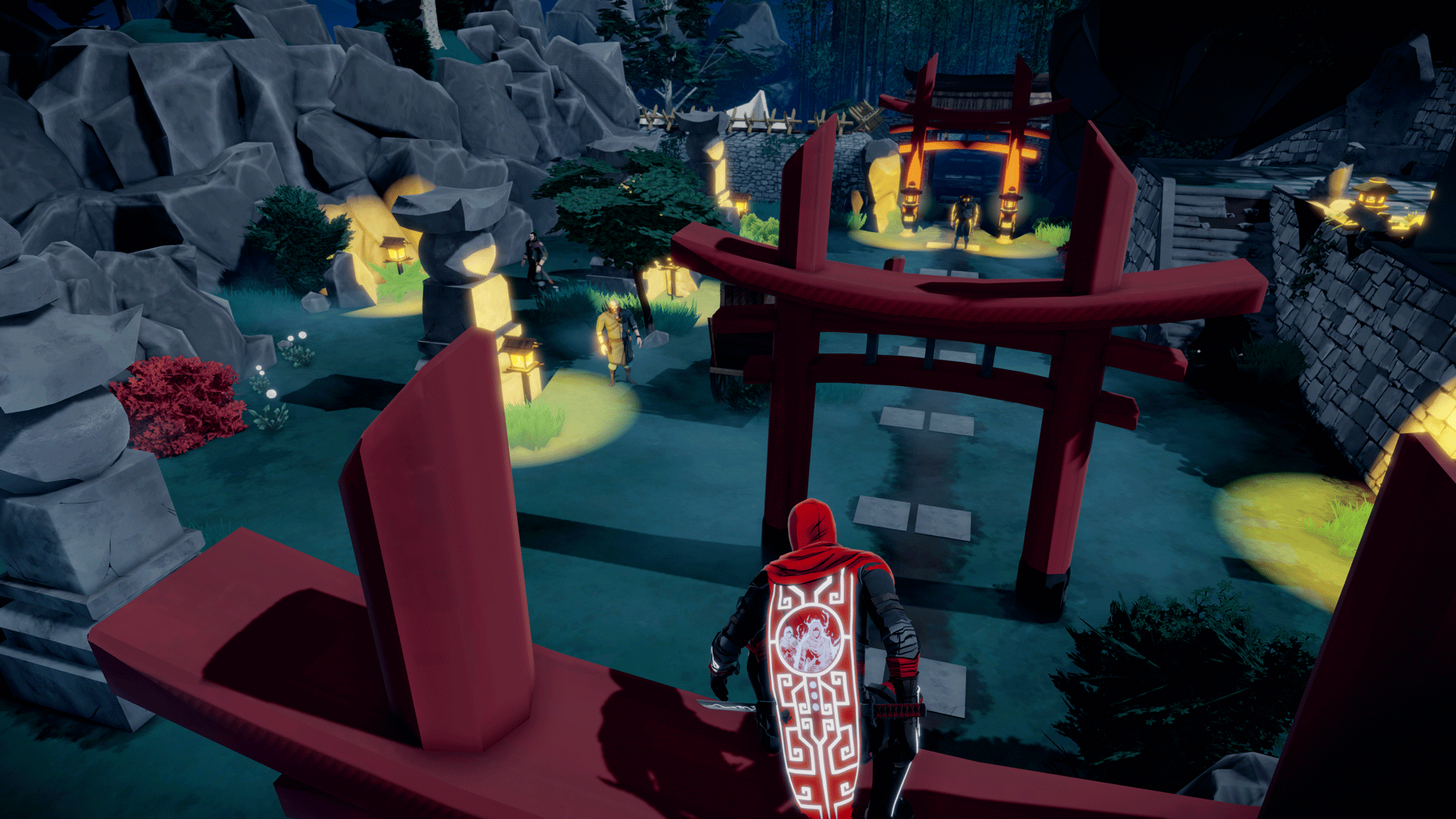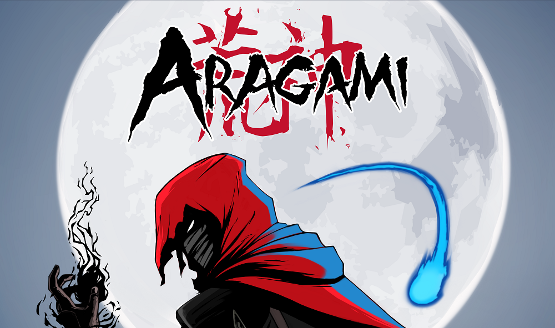
Aragami is a stealth ninja game, the product of a small indie developer, Lince Works, located in Barcelona, Spain. Originally a student project titled Twin Souls: The Path of Shadows, Aragami stars a vengeful spirit summoned from the dead, who moves amongst the shadows to kill or infiltrate. Featuring a teleportation mechanic which many found unique, it’s time to see if the idea has legs or should have stayed in the past.
You Have Been Summoned
In Aragami, you play as the titular undead warrior, summoned by Yamiko, who requests your help to collect six talismans and turn the tide of battle. It’s an interesting story told mostly through short in-game cutscenes, and the campaign should last you approximately a dozen or so hours. In each mission, you are graded based on your performance, or for performing certain acts such as never being seen by the enemy, killing them all, or killing none.
As you play, you will find scrolls peppered throughout each level. Collect enough to unlock certain abilities to complement your play style, “Demon” or “Ghost.” Demon powers help you to kill more enemies, such as shadow shuriken for long-range kills, or creating a vortex to suck enemies through. Ghost powers help you to remain undetected, such as turning invisible for a few seconds, or creating a decoy with which to distract your enemies.
Aragami’s main call to fame is his teleportation power. Anywhere there is a shadow, you can hold R1 to bring up a reticle, and releasing the button will teleport you almost instantaneously to that location, provided you can reach it. This power is useful most of the time, but is occasionally frustrating to use, since ledges are difficult to aim to when you are below them. While the game has some open-endedness to it, for the most part you linearly go from checkpoint to checkpoint, which are sparsely spaced, resulting in the occasional repetitive section as you learn where all your enemies are, the hard way.
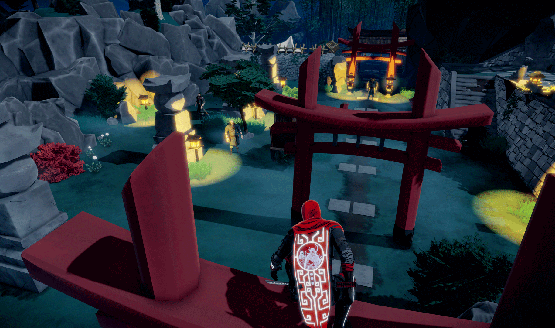
Stay Stealthy
Stealth is your only hope at staying alive in Aragami, because a single swipe from any enemy will cause your demise. The good news here is that it is pretty easy to know when an enemy will be able to see you. If you’re within the sphere of a bright light, your cloak will glow red, and the back of your scarf will lose its glow, which doubles as an energy indicator. Run outside of the bright light’s influence, and your clothing will still be tinged red, but your energy will grow. Finally, enter some shadows, and your clothing will turn black, and enemies will not see you until it is too late.
Aragami is challenging, both by design and due to a few issues. The design of each of the game’s levels is actually puzzle-like. You have to take your time, and learn where enemies are, in order to either kill everyone or get past them all. The game does allow you to progress without clearing areas, something you can use to your advantage to quickly move through a level once you learn the enemies’ routes. However, for the most part you can actually hold L1 to sprint through large portions of levels, since even if an enemy sees you, they are slow to attack, and easy to lose. So, if you play the game as intended, you’ll be in for a challenge. But you can easily break through the game’s mechanics, a side effect of the game not punishing your play style.
One area of any game that is usually hit-or-miss is AI. Aragami’s AI is best described as inconsistent. In multiple playthroughs of the same level, sometimes an enemy will see you clear across the way, while other times he won’t see you until you are much closer. Usually, holding L2 to duck in the shadows will instantly get them off your trail, but other times they will walk towards where they last saw you. Enemies do consistently respond to dead bodies you leave around, though.
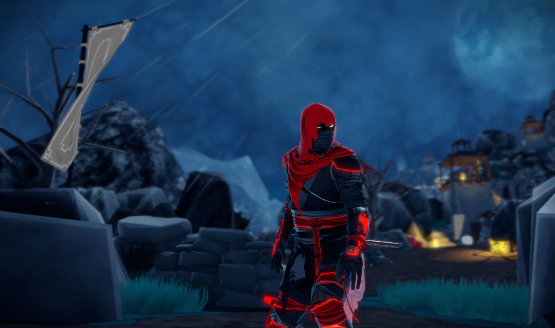
A Couple of Hiccups
The Unity Engine is at a very mature stage of development these days, and Aragami certainly isn’t held back by the game engine, but perhaps by the small development team size instead. Aragami features a stylish design, which appears to be a bit too much to handle on occasion, as more intricate scenes cause the game to stutter noticeably. A patch is currently available at launch to alleviate some of these issues, but they are still prevalent at seemingly random times. It’s not game-breaking by any means, but will annoy those who are finicky about framerates out there.
Audio work in Aragami is serviceable, though voice volume in the game’s light cutscenes leaves much to be desired. There’s some hacking and slashing, enemy groans, water flows, and an overall light soundtrack which does the job. Since everyone in the game speaks Japanese, subtitles are on by default, which you’d need anyway since voice volume is so low even at the default maximum level.
Worth a Venture
Co-op makes a surprising appearance here, though it is online only and we were having issues connecting to the service; this may change when the game goes live. It’s always a nice inclusion to see, though, and only adds to the overall package on offer here. Beyond that, the game’s main source of replayability lies in its scoring system, whereby you earn points for kills, and lose them for being spotted or when enemies spot your kills. A clean assassin is a higher-scoring assassin!
Aragami is an interesting mix of genres. The experience is unfortunately dragged down a few notches by performance issues, though those will hopefully go away in the form of patches. With a campaign hovering around the dozen hour mark, and one which includes online Co-op, stealth fans will find their next fix in Aragami, for a reasonable asking price of $19.99/£19.99/€14.99. It’s a solid, stealth action game which should provide for an entertaining weekend full of quiet kills and stalking in the shadows.
Aragami review code provided by publisher. For more information on scoring please see our Review Policy here.
-
Interesting teleportation mechanic
-
Good art style
-
Almost puzzle-like level layouts
-
Performance hiccups
-
Inconsistent AI
-
Odd voice work
Aragami Review
-
Aragami Review 01

-
Aragami Review 02
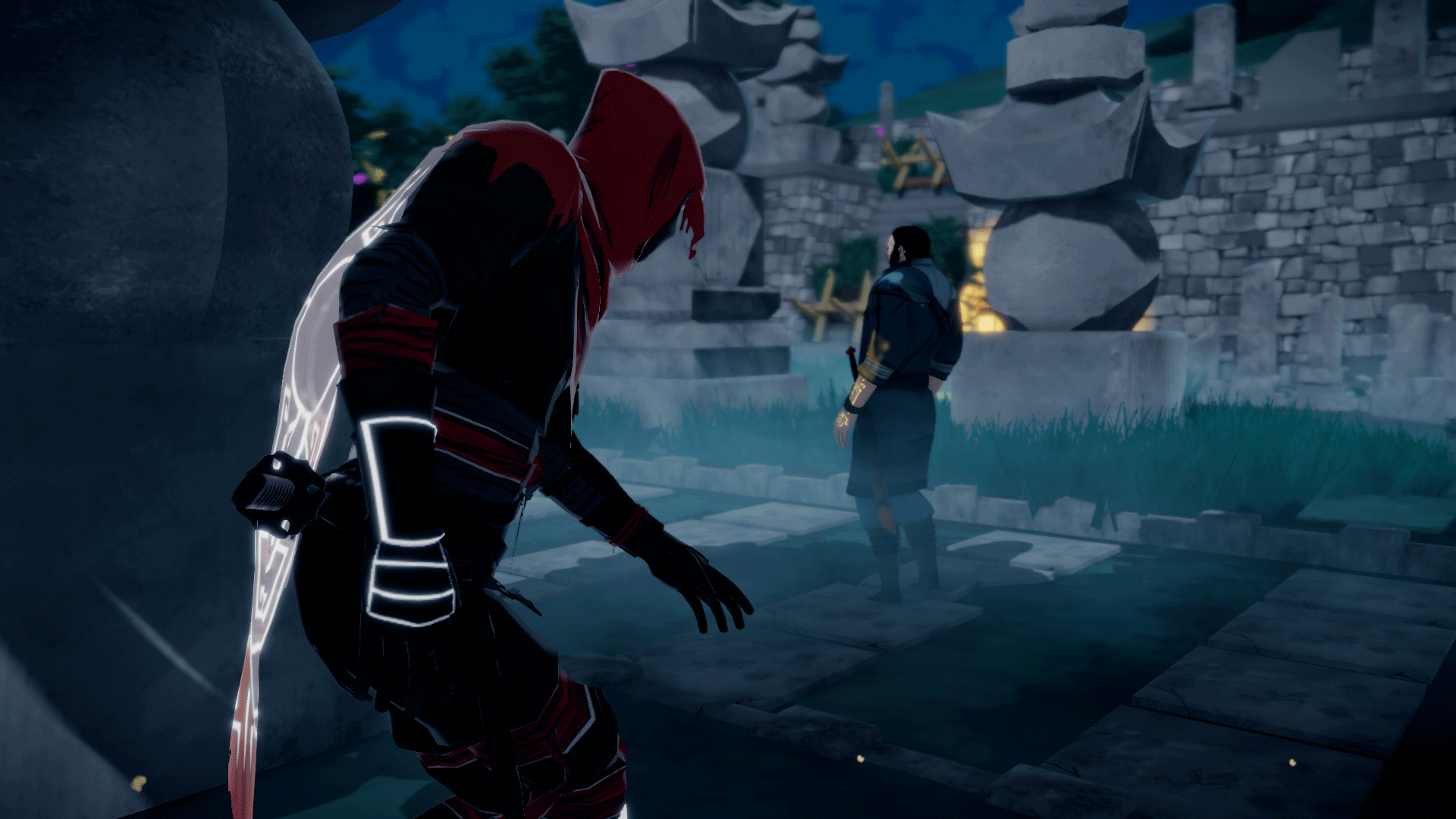
-
Aragami Review 03
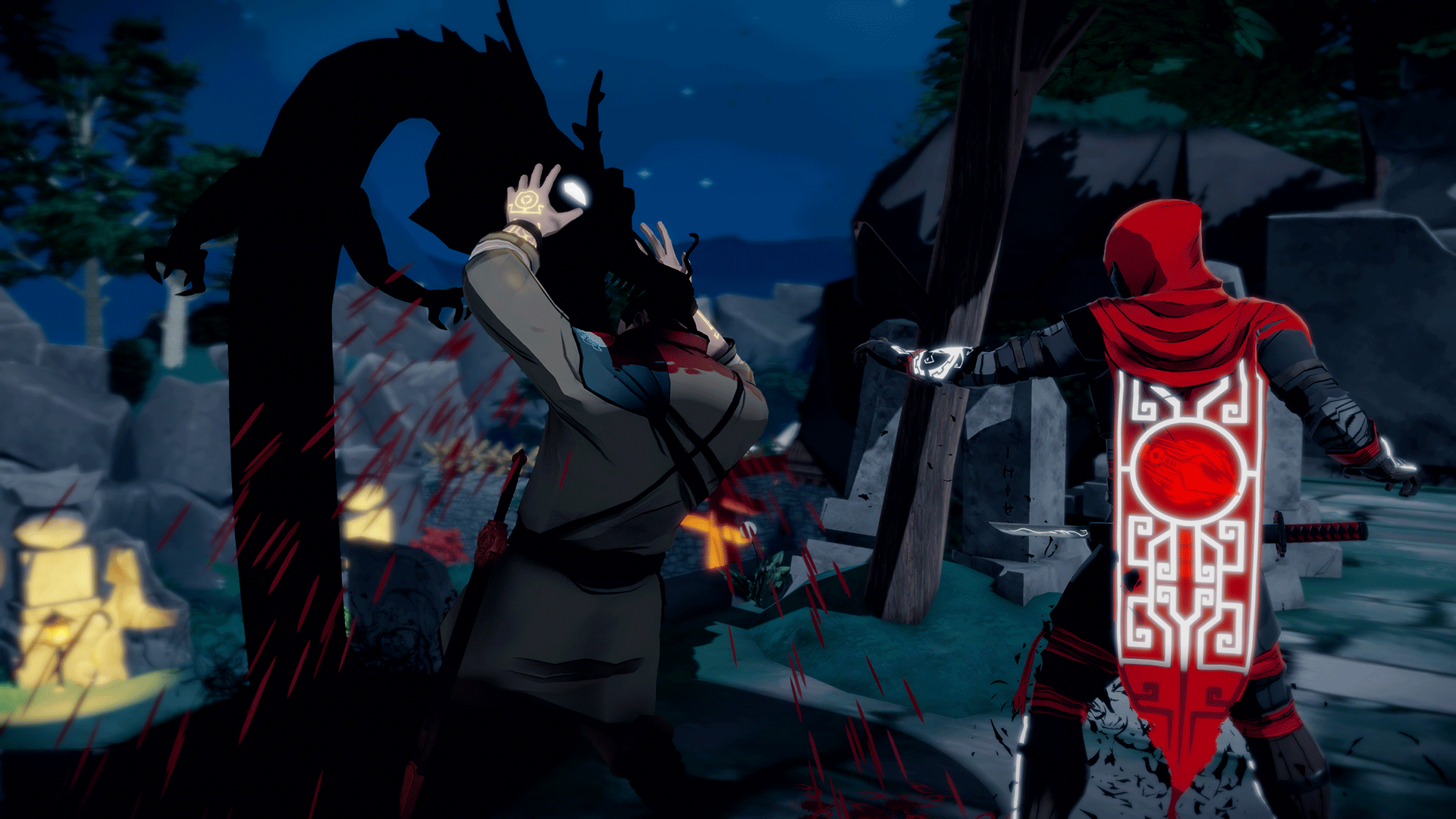
-
Aragami Review 04
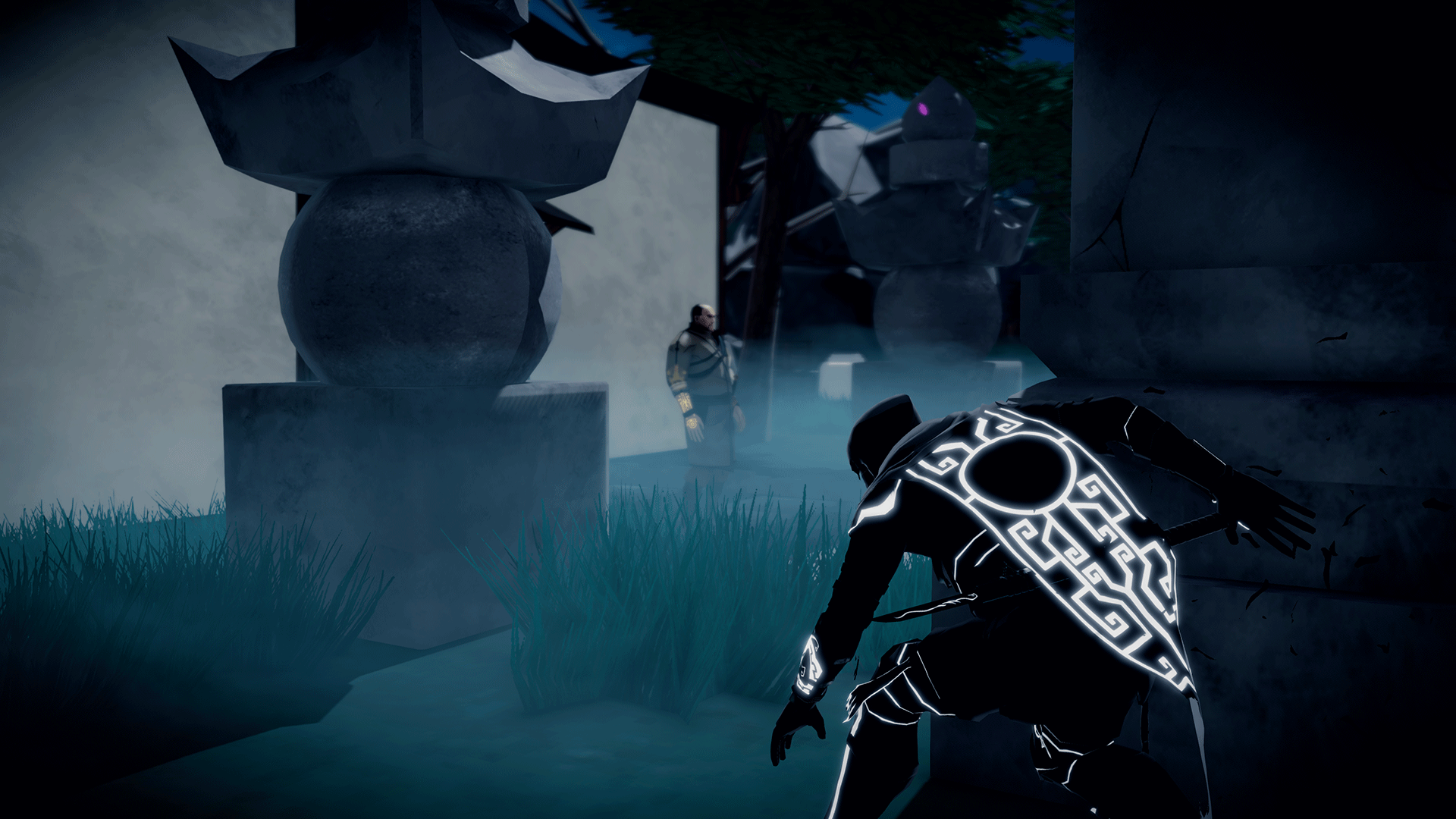
-
Aragami Review 05
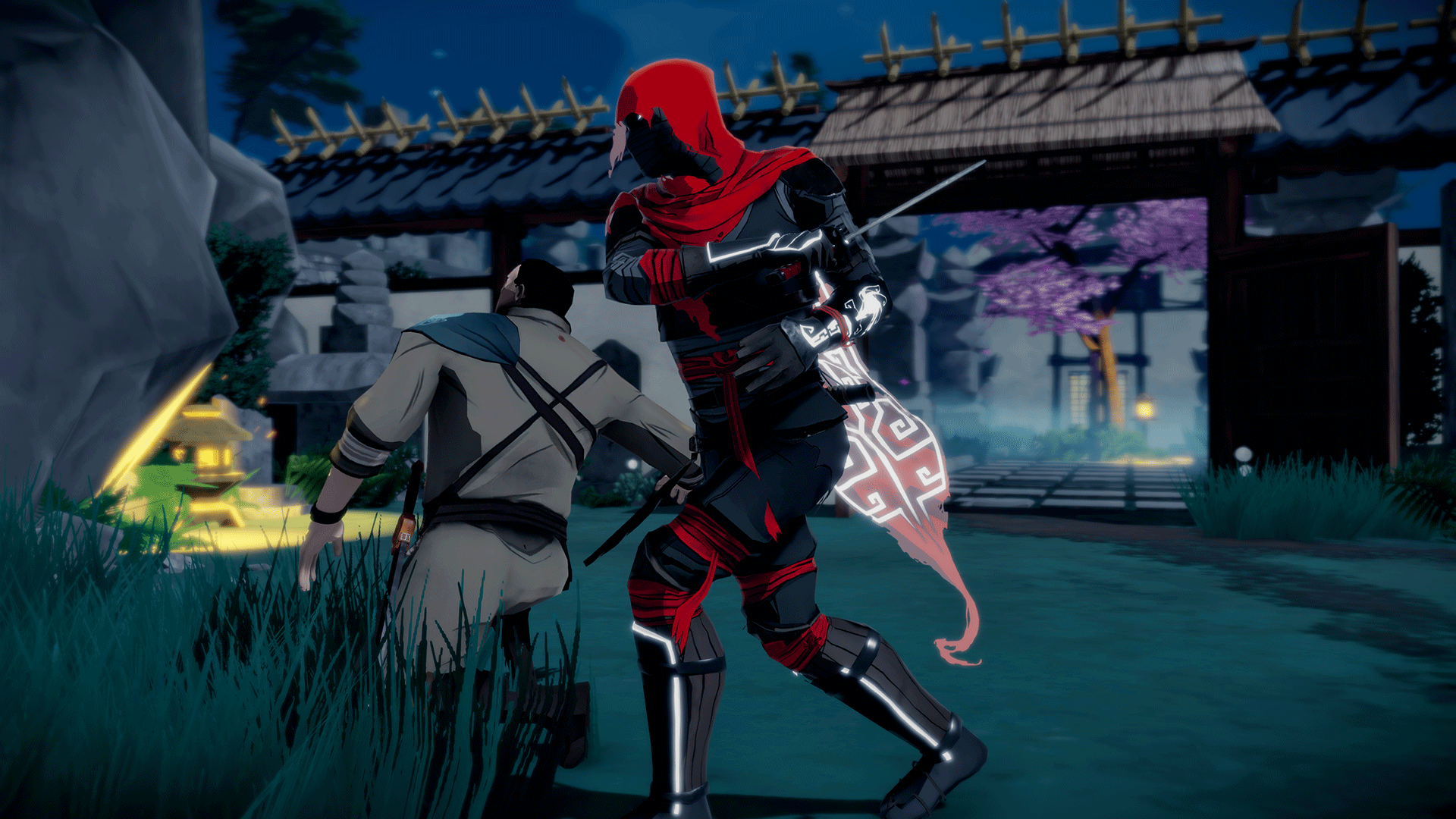
-
Aragami Review 06

-
Aragami Review 07
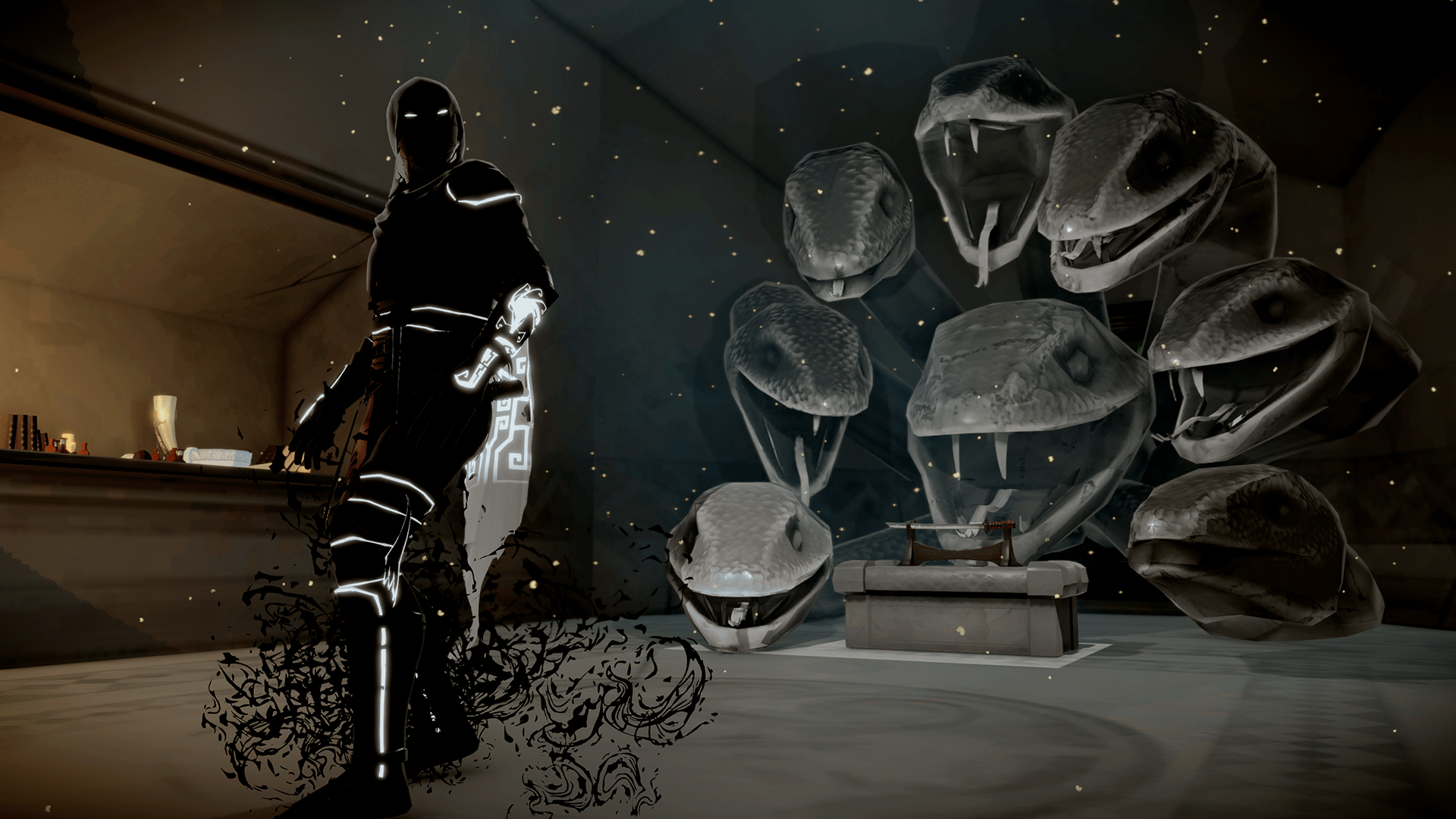
-
Aragami Review 08
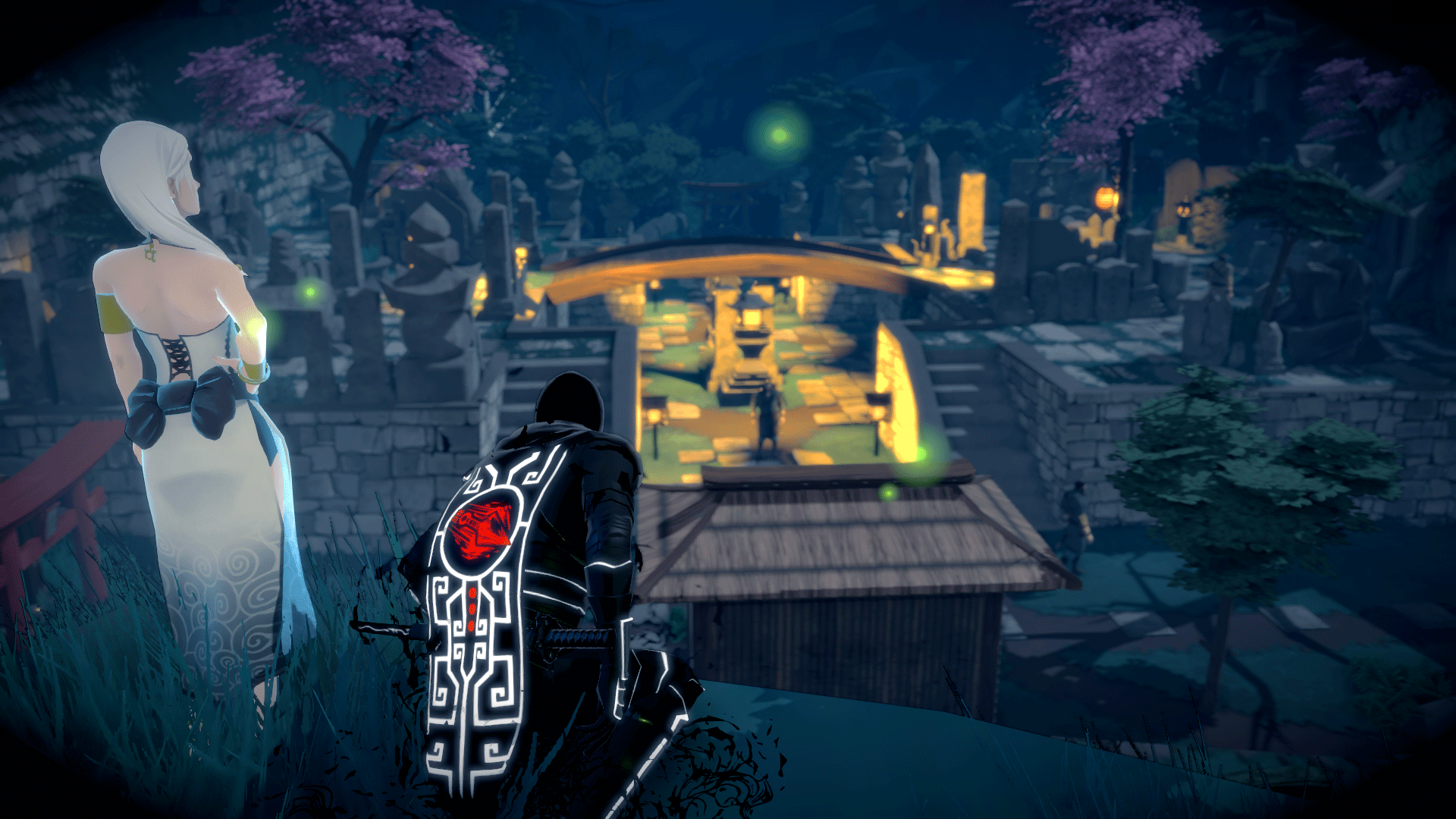
-
Aragami Review 09
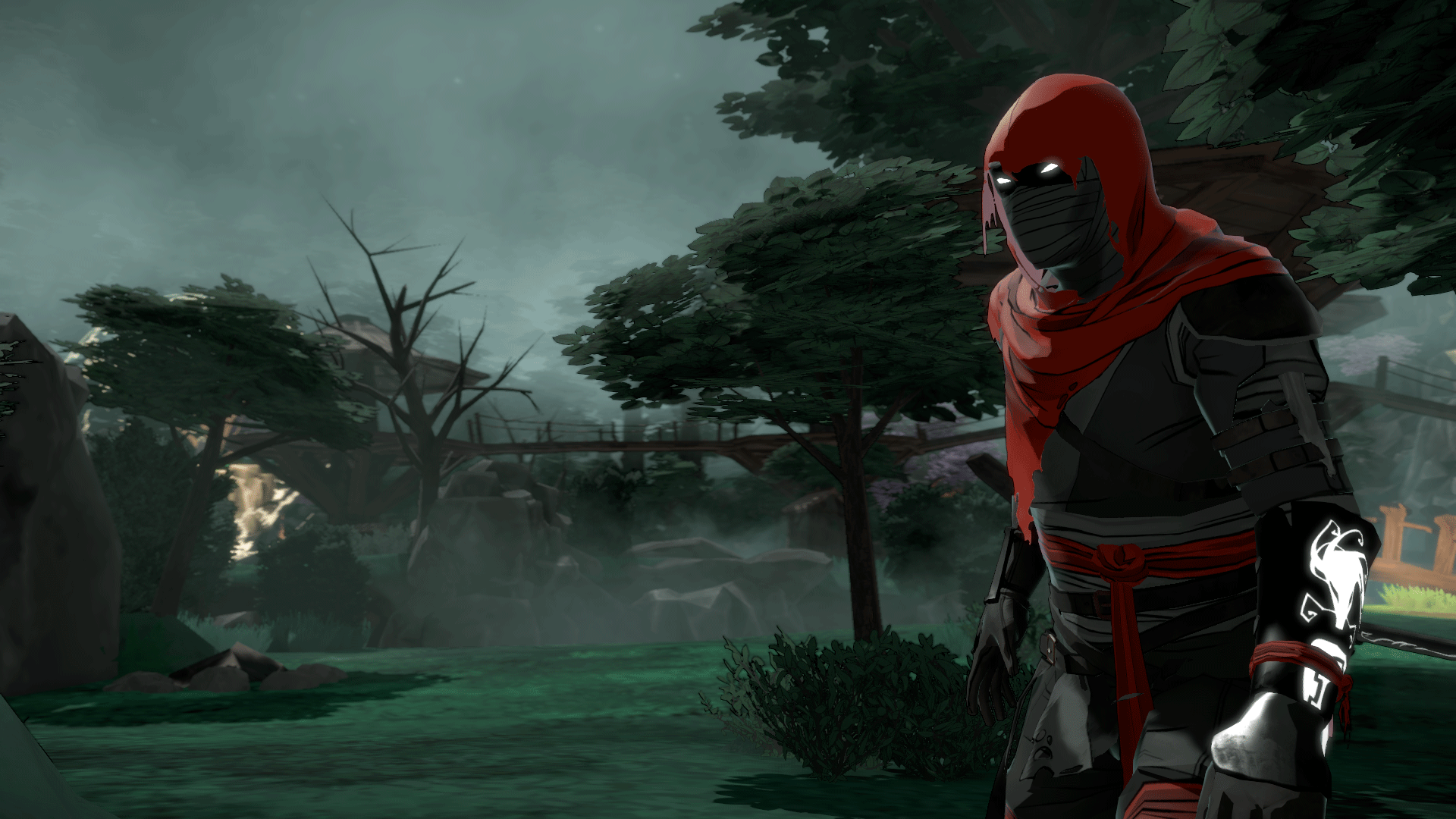
-
Aragami Review 10

-
Aragami Review 11

-
Aragami Review 12
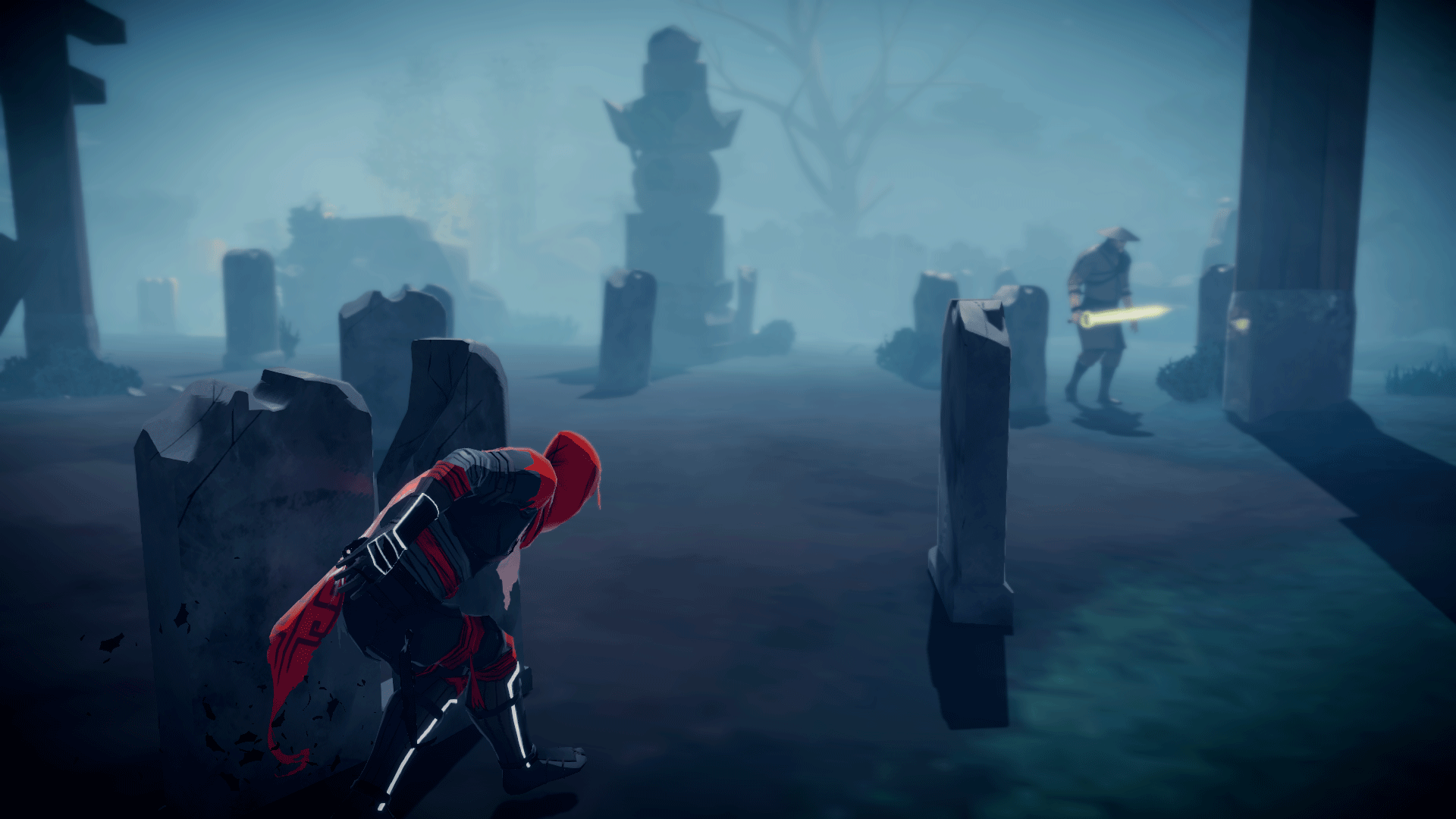
-
Aragami Review 13
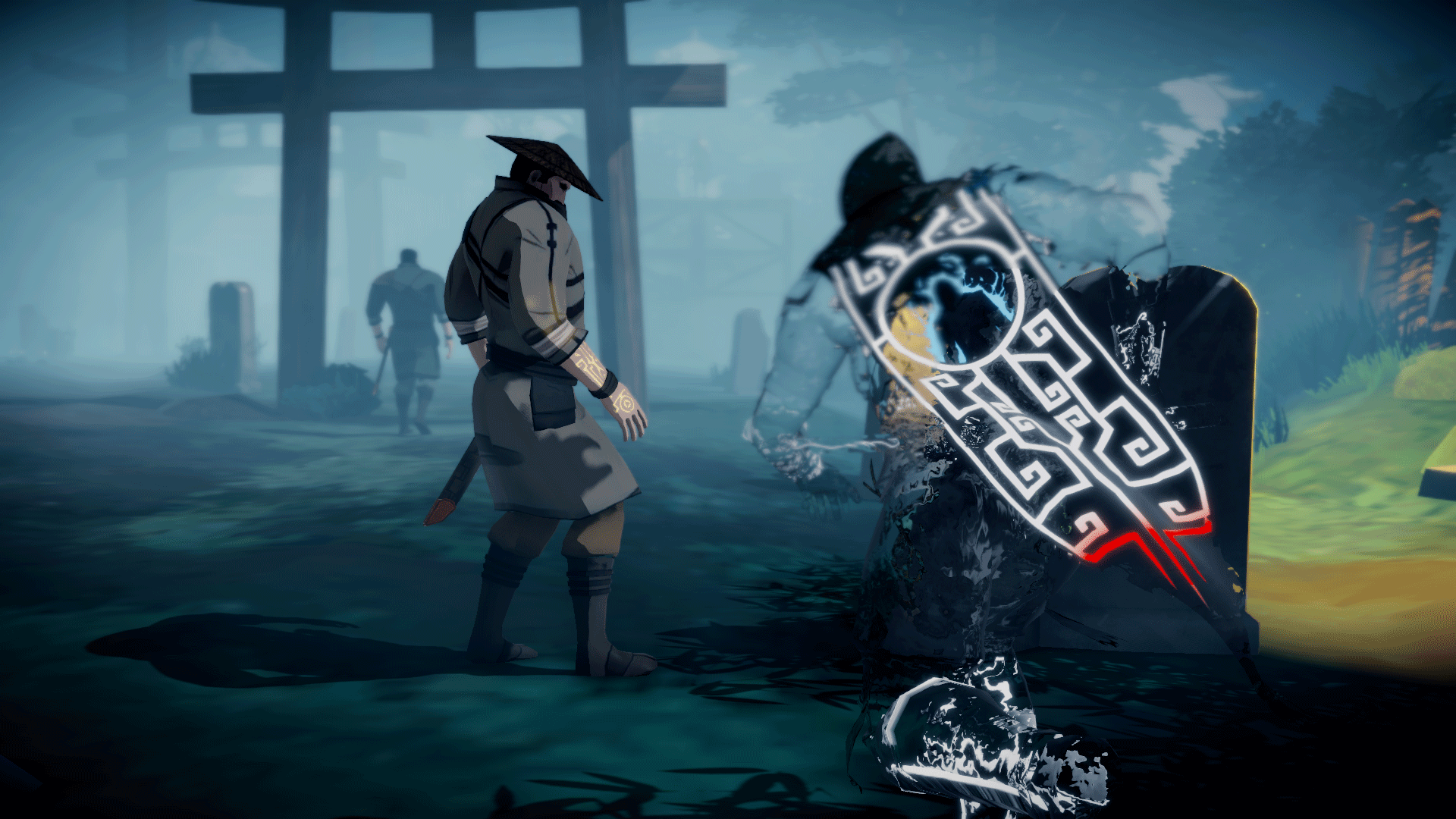
-
Aragami Review 14

-
Aragami Review 15
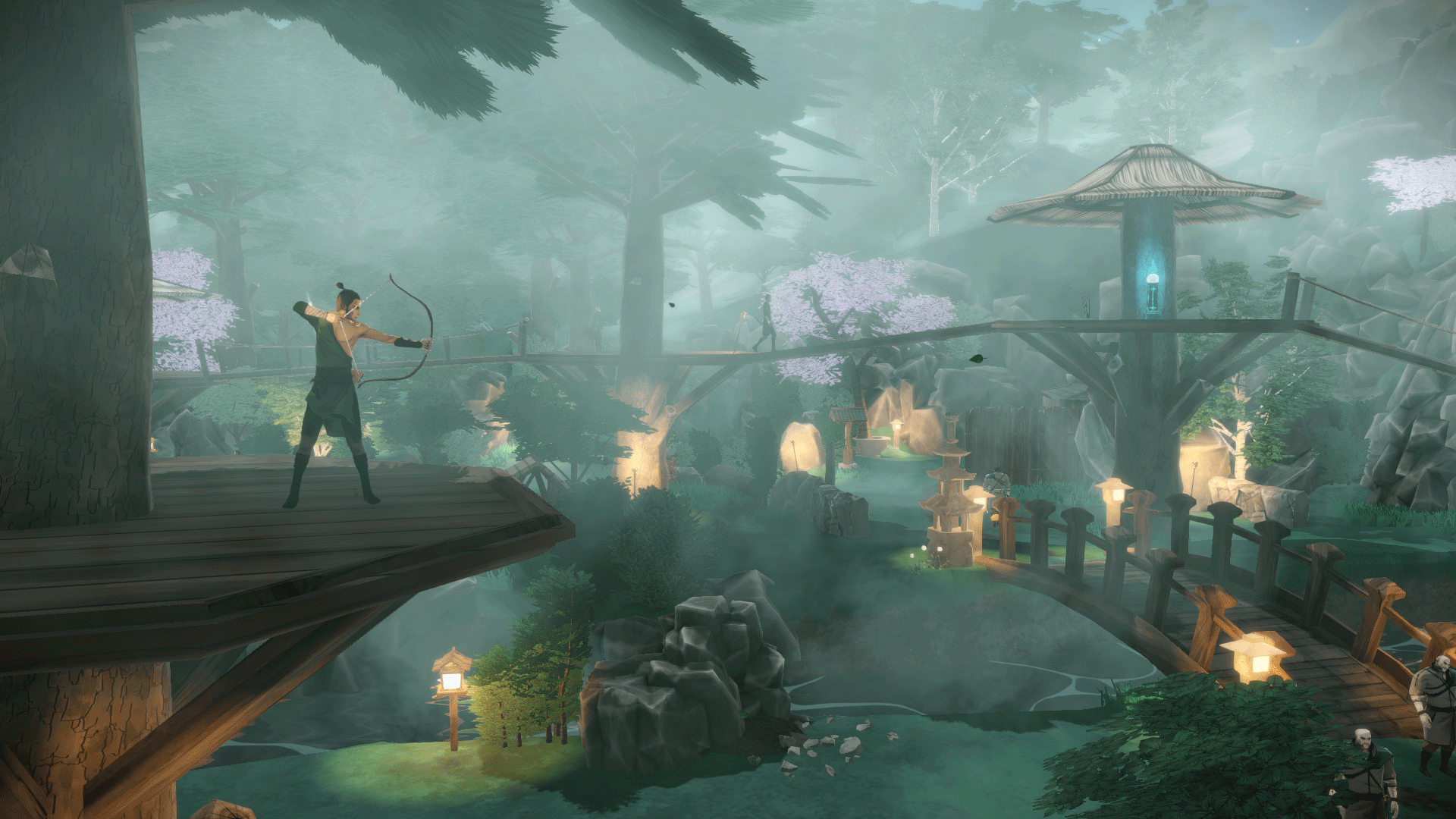
-
Aragami Review 16

-
Aragami Review 17
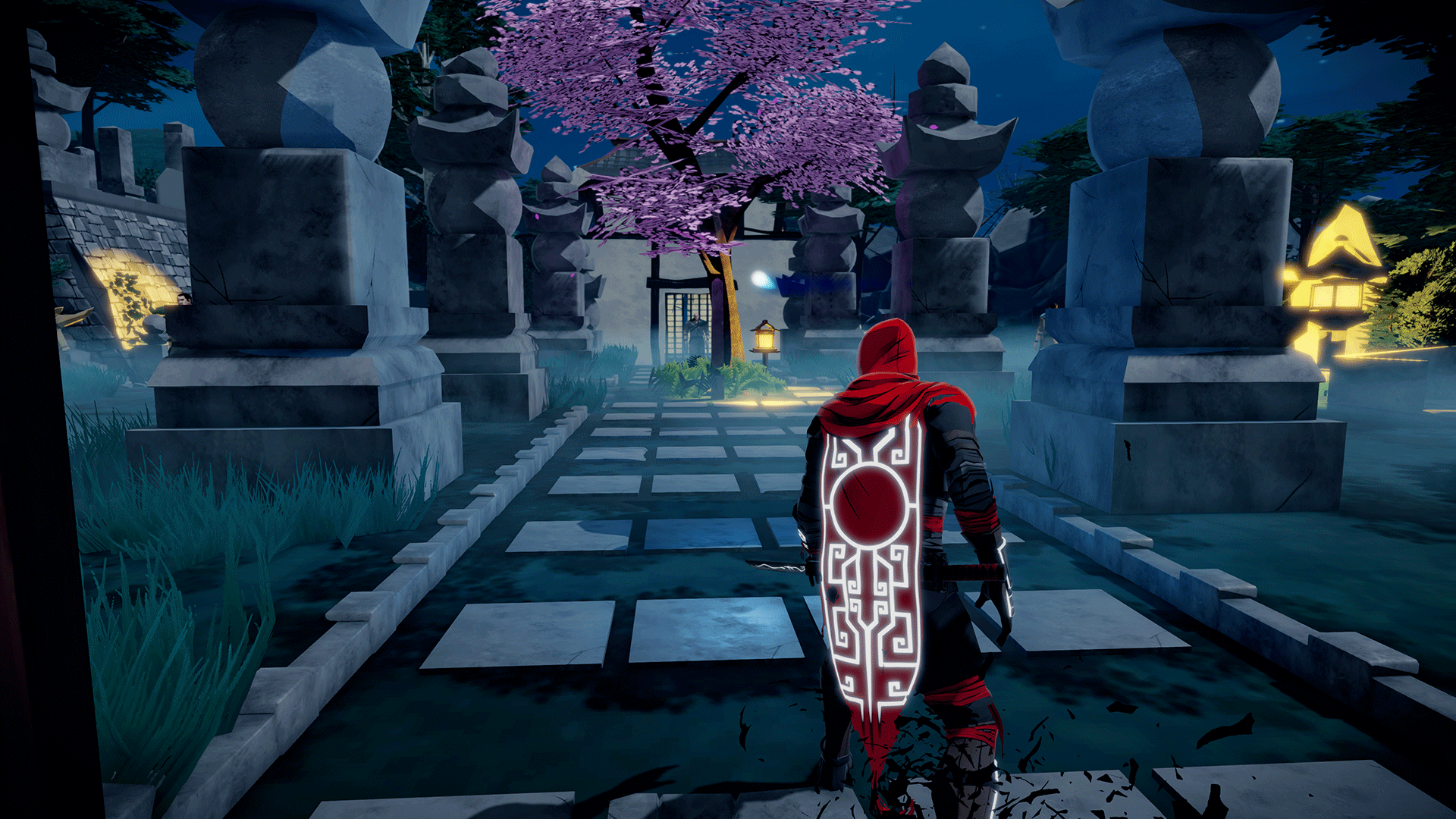
-
Aragami Review 18
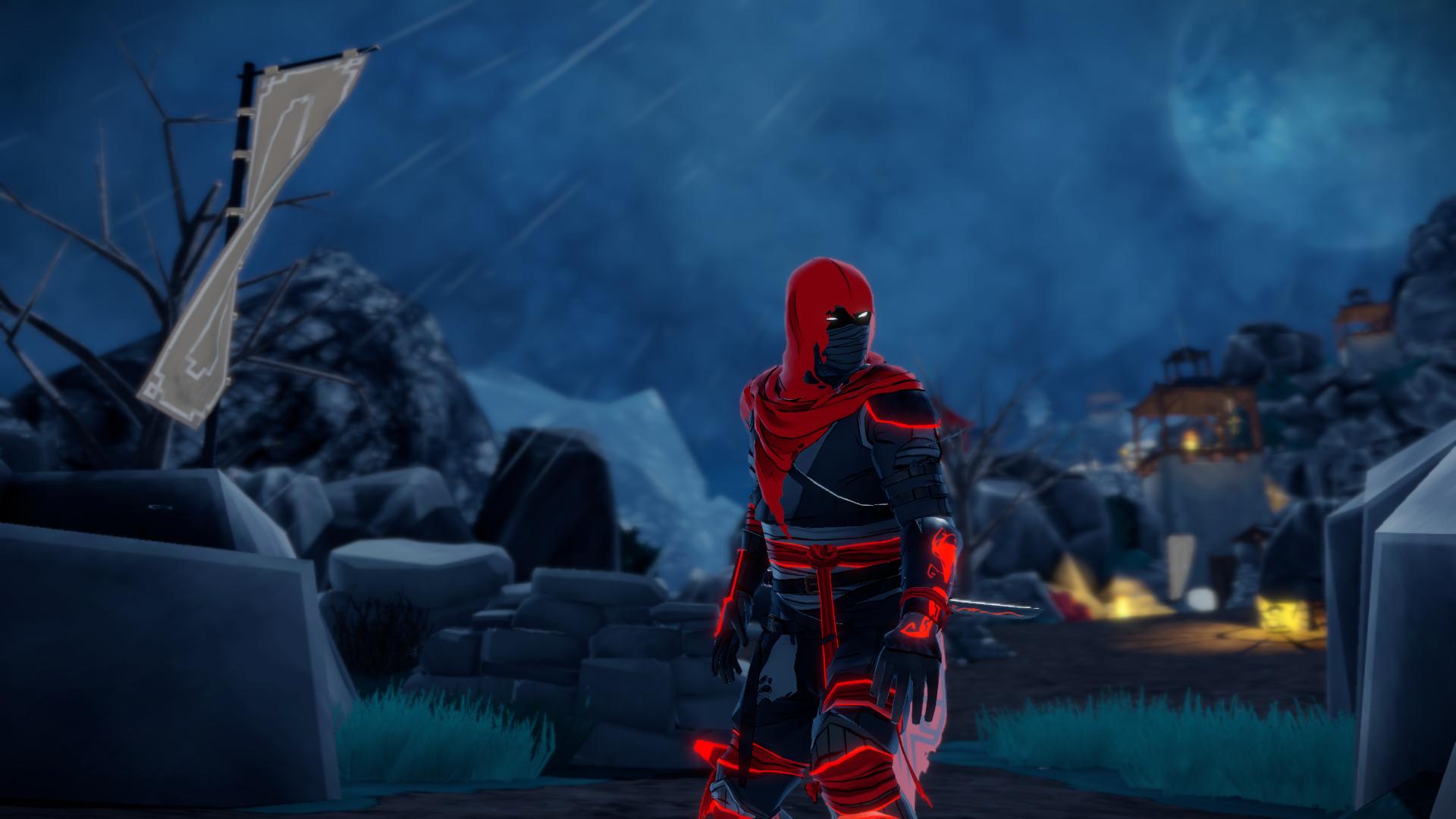
-
Aragami Review 19
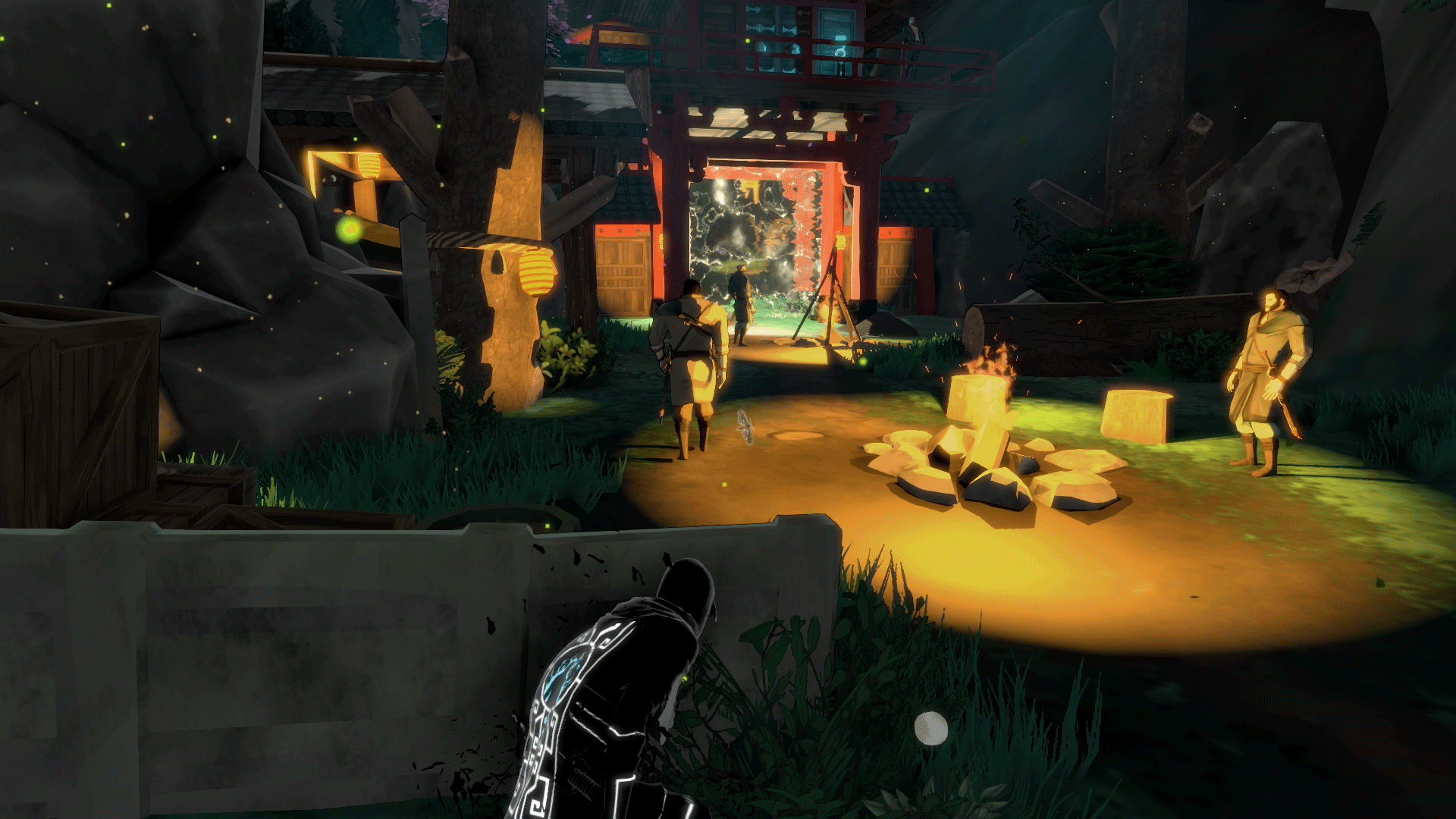
-
Aragami Review 20
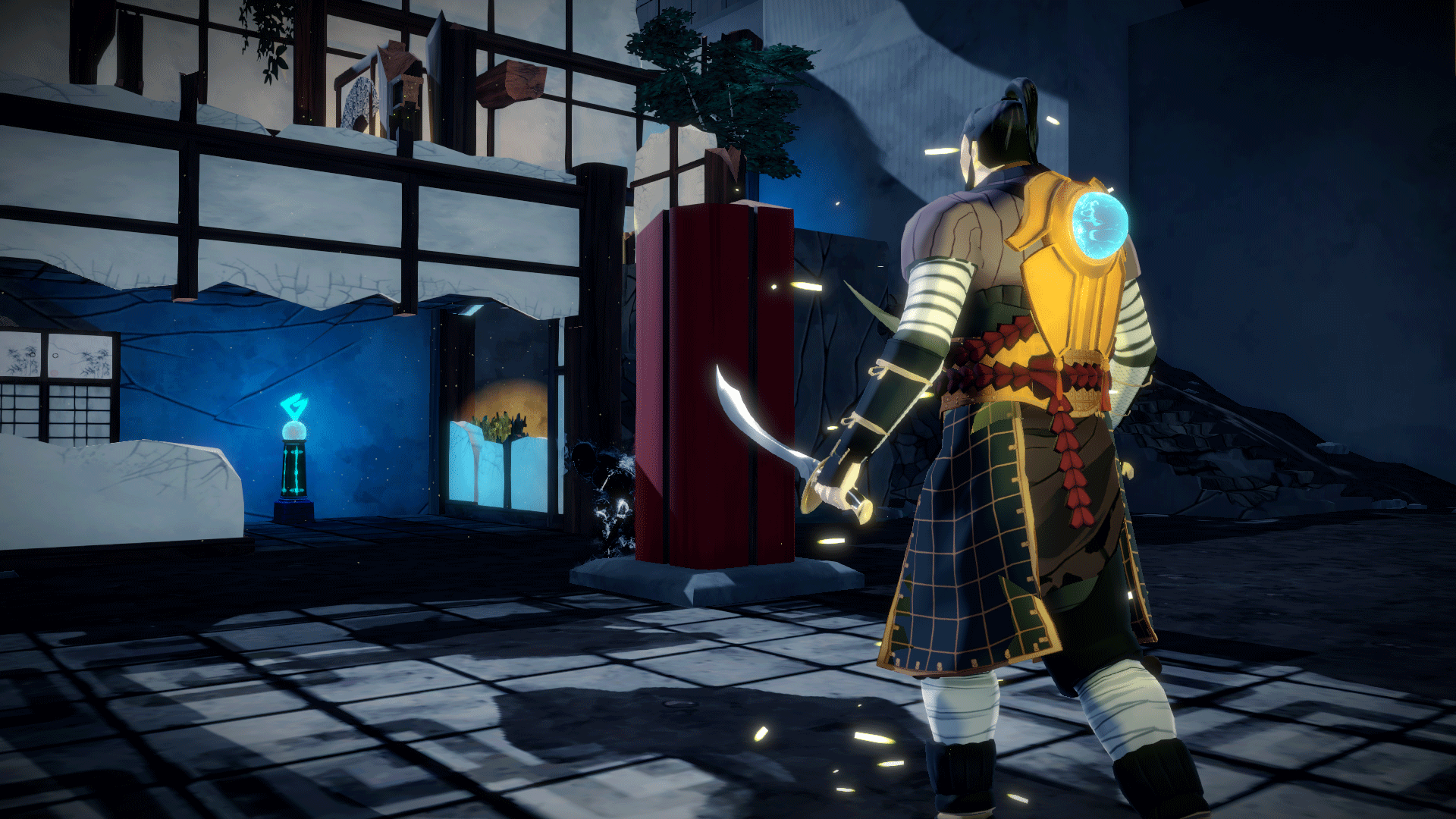
-
Aragami Review 21

-
Aragami Review 22
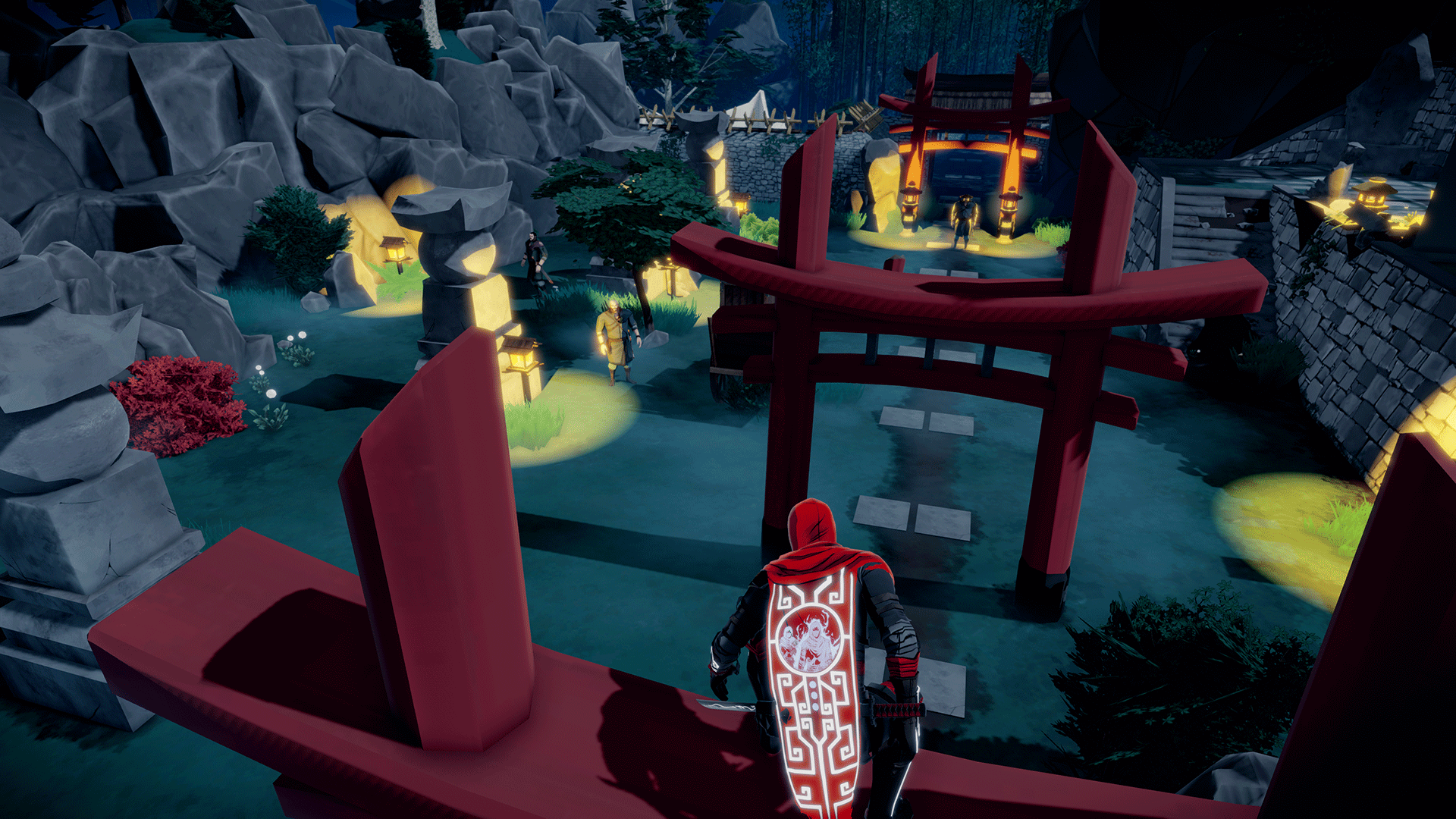
-
Aragami Review 23

-
Aragami Review 24
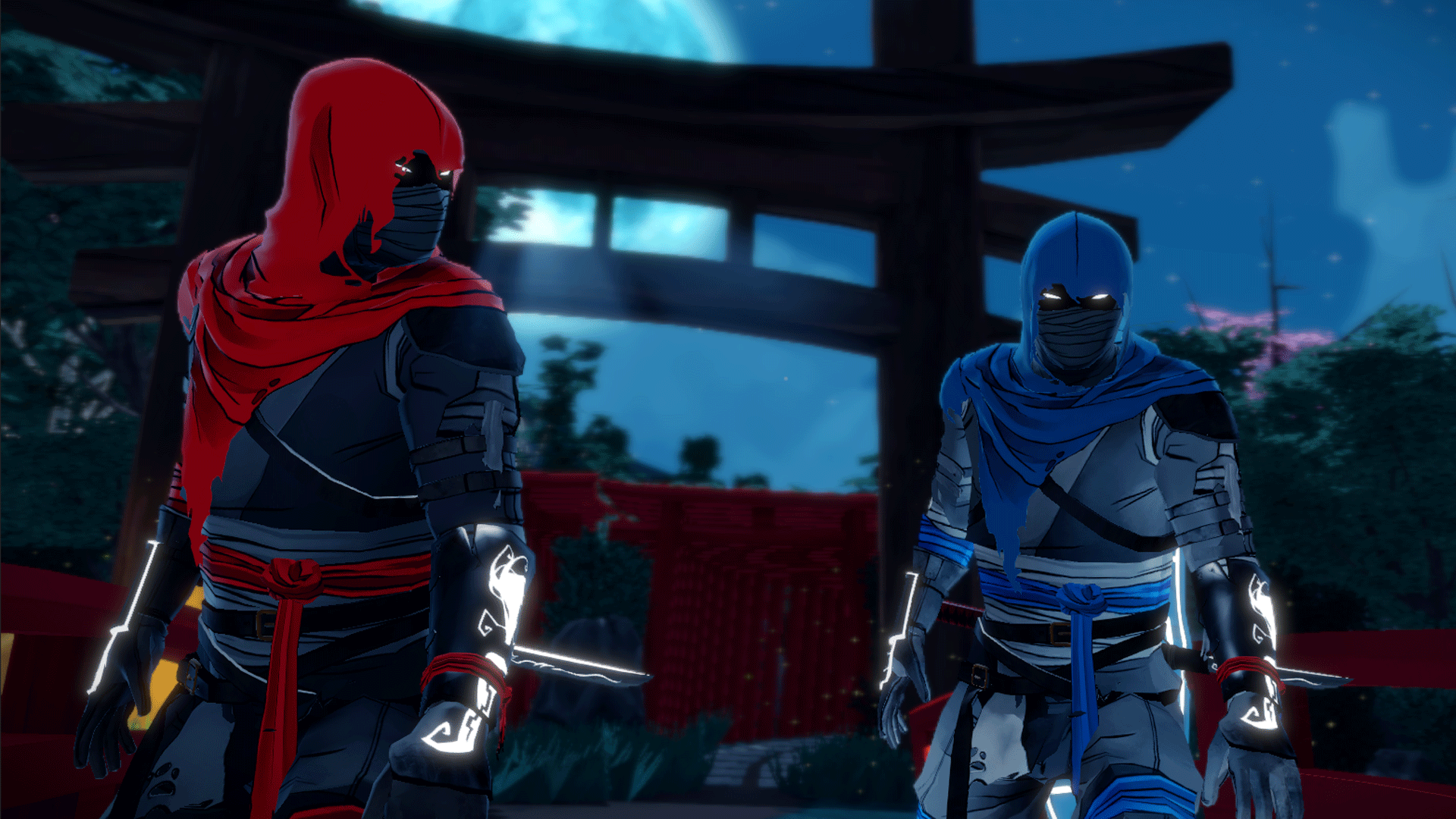
-
Aragami Review 25
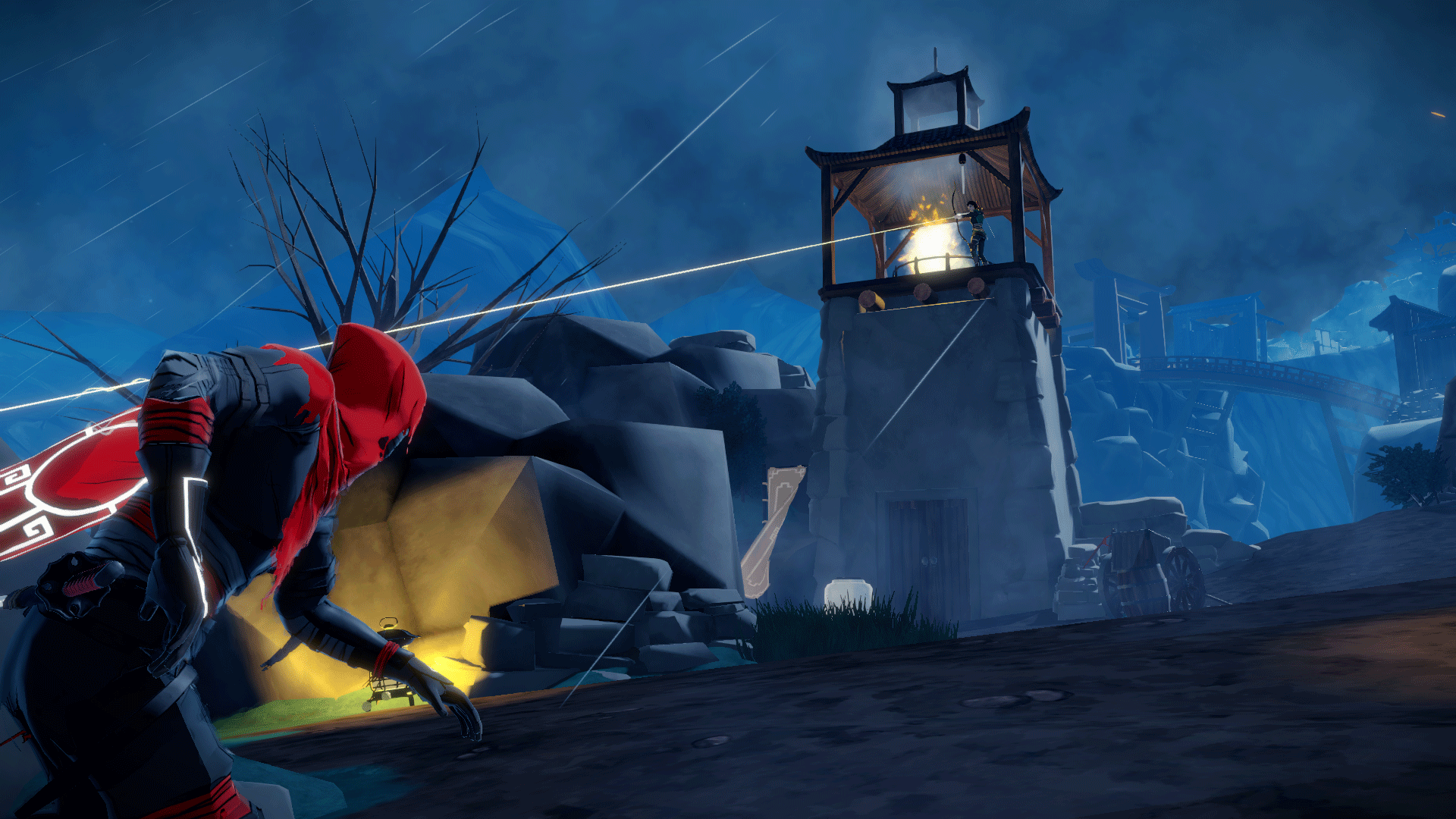
-
Aragami Review 26

-
Aragami Review 27
